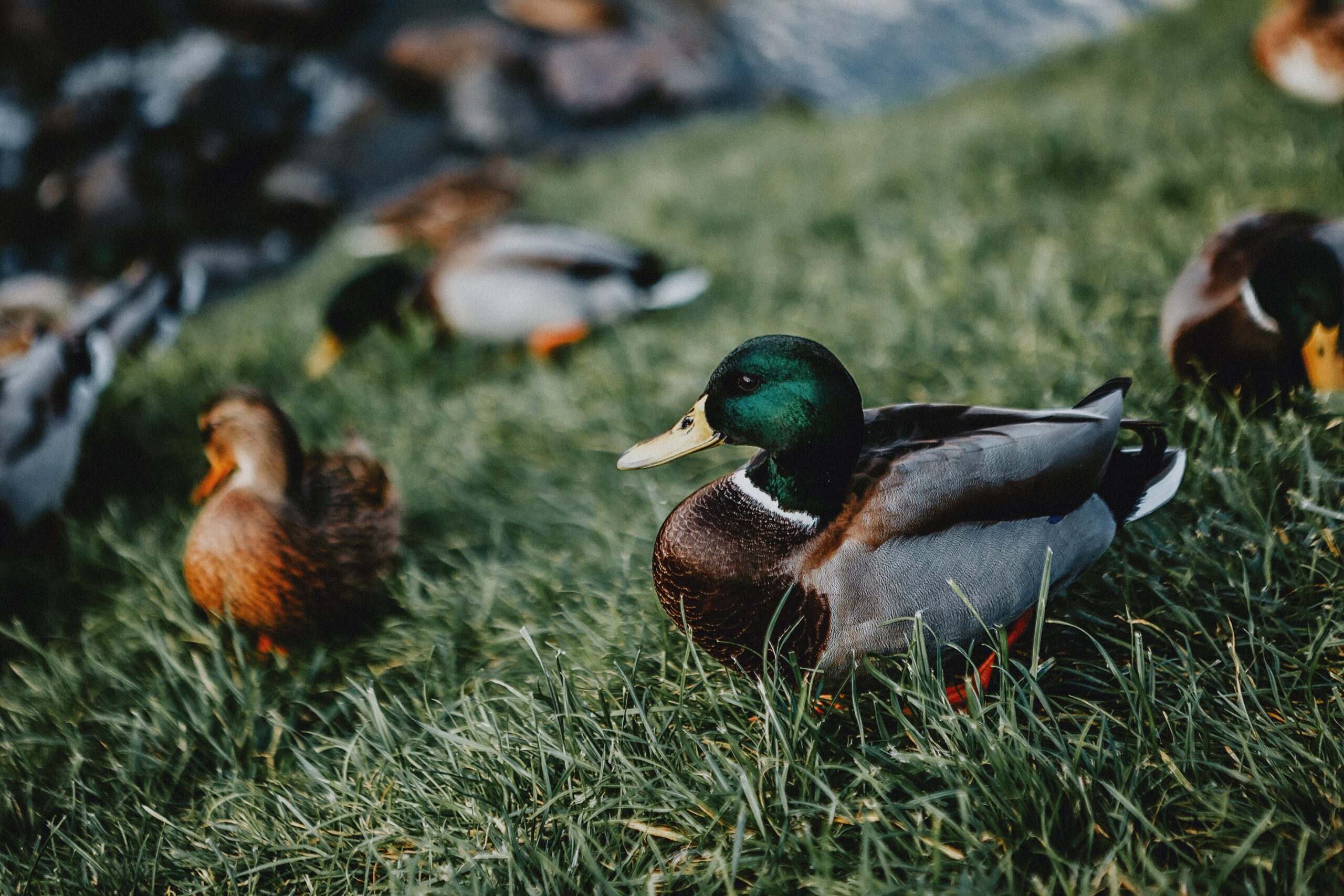Tackling Common Fishing Problems: How to Fix Snags, Tangles, and More
Snags
Snags can happen to any angler and it's important to know how to properly deal with them. When a snag occurs, the first thing to do is stop reeling and hold the rod firmly with one hand while gently shaking the rod or moving it back and forth to loosen the line. Applying steady pressure while reeling in slowly can also help dislodge the line from the obstruction.
If the snag persists, try using a snagging hook or a hook with a snagging attachment. A snagging hook has a unique design that allows it to snag onto the obstruction and pull the line free. The hook should be cast beyond the snag, then reeled in quickly while keeping tension on the line. When the hook makes contact with the snag, stop reeling and allow the hook to snag onto the obstruction. With a gentle and steady pull, the line should be freed.
Another option is to attach a weight to the line and drop it on the opposite side of the snag. This can create a different angle and potentially free the line. However, it is important to be patient and not rush the process, as this can lead to further complications.
If all else fails, it may be necessary to cut the line and re-tie the hook or lure. This can be frustrating, but it is better than losing your entire rig.
Tangles
Tangles are a common issue that can occur when casting or reeling in too quickly. To prevent tangles, it is important to properly spool the line onto the reel, making sure it is not too loose or too tight. A loose line can cause tangles during casting, while a tight line can cause tangles during retrieval.
When a tangle occurs, the first step is to stop reeling in and hold the line with one hand. Use the other hand to carefully unravel the tangle by pulling each loop of the line apart until the tangle is removed. Be sure to avoid pulling too hard or too quickly, as this can cause the tangle to tighten and make it more difficult to remove.
If the tangle is too complex to remove by hand, try pulling the line through a cotton swab or using a tangle-free device. These devices are specifically designed to help untangle fishing line and can be a valuable tool for any angler.
Line Breaks
Line breaks can be caused by a variety of factors, including sharp rocks, underwater debris, and excessive force. To prevent line breaks, anglers should choose the appropriate line strength for the type of fish they are targeting and the environment they are fishing in. It is also important to check the line regularly for signs of wear or damage, such as fraying or kinks.
If a line break does occur, it is important to inspect the line to determine the cause of the break. If it is due to wear or damage, the line should be replaced. If the break was caused by excessive force, it may be necessary to adjust the technique and use a lighter touch. In some cases, it may be necessary to change the type of line being used to better suit the conditions.
When re-tying the line, it is important to tie a proper knot to ensure the line does not break again. A common knot used by anglers is the Palomar knot, which is easy to tie and provides a strong hold.
Sure, I can expand the article with more common problems that anglers may encounter while fishing. Here are some additional tips for tackling common fishing problems:
Weeds and Plants
Weeds and plants can be a major obstacle for anglers, especially when fishing in freshwater bodies such as lakes and rivers. When the fishing line gets tangled in weeds or plants, it can be difficult to retrieve the lure or bait without losing it.
One way to prevent the line from getting tangled in weeds and plants is to use weedless hooks. Weedless hooks are designed with a special guard that prevents the hook from getting caught in weeds and plants. Another option is to use a Texas rig or Carolina rig, which have the hook embedded in the bait and are less likely to get snagged.
If the line does get tangled in weeds or plants, the best technique is to slowly and gently pull the line towards the angler while applying steady pressure. This can help to dislodge the line from the obstruction. If the line is still tangled, try shaking the rod or reeling in slowly to loosen the line.
Wind
Fishing in windy conditions can be challenging, as it can cause the line to tangle or drift off course. To prevent these issues, anglers should cast into the wind and use heavier lures or sinkers to help keep the line from drifting.
If the wind is too strong and causing the line to tangle, try using a heavier weight or switching to a different type of lure. A heavier weight can help keep the line straight and prevent it from tangling, while a different type of lure may be less affected by the wind.
Fish Swallowing the Hook
When a fish swallows the hook, it can be difficult to remove without injuring the fish. The best technique is to use a hook removal tool, which allows the hook to be easily removed without causing further harm to the fish. If a hook removal tool is not available, try gently pushing the hook through the skin and cutting the barb off the hook before removing it.
Birds Nest
A bird's nest, also known as a backlash, occurs when the line becomes tangled on the reel. To prevent bird's nests, make sure to spool the line onto the reel properly and avoid reeling in too quickly. If a bird's nest does occur, it is important to take your time and gently unravel the line by hand. Pulling the line too quickly or with too much force can cause the tangle to tighten and make it more difficult to remove.
Conclusion
Fishing can be a challenging but rewarding activity. While encountering common problems such as snags, tangles, and line breaks can be frustrating, there are techniques that anglers can use to minimize these issues. By following the tips outlined in this guide, anglers can enjoy a more successful and enjoyable fishing experience. For more information on fishing in Minnesota, visit https://mnwalleyeguide.com/.




